TEAC VRDS D-10 Special Edition
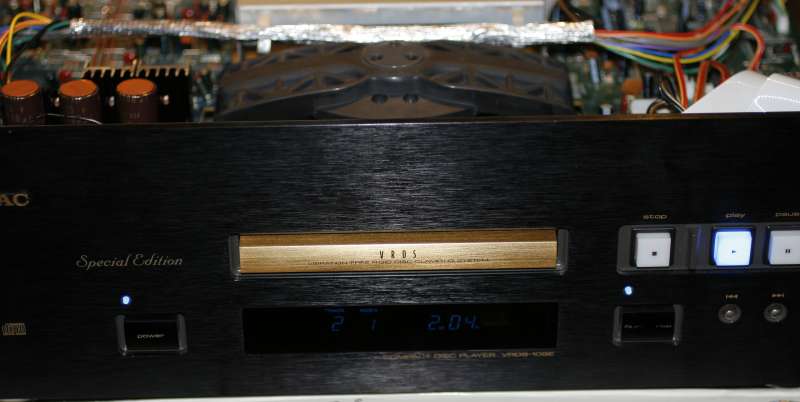
Lampized in october 09
You dont say no to a TEAC, do you ? I mean if a player has VRDS it
belong automatically to the Brahmin cast and it must be treated with
respect. Especially the Special Edition.
Having spent time recently mainly with the untouchables - from chinese
DAC pcb's group - I agreed to sniff around the TEAC. After all - they
don't come around so often these days.
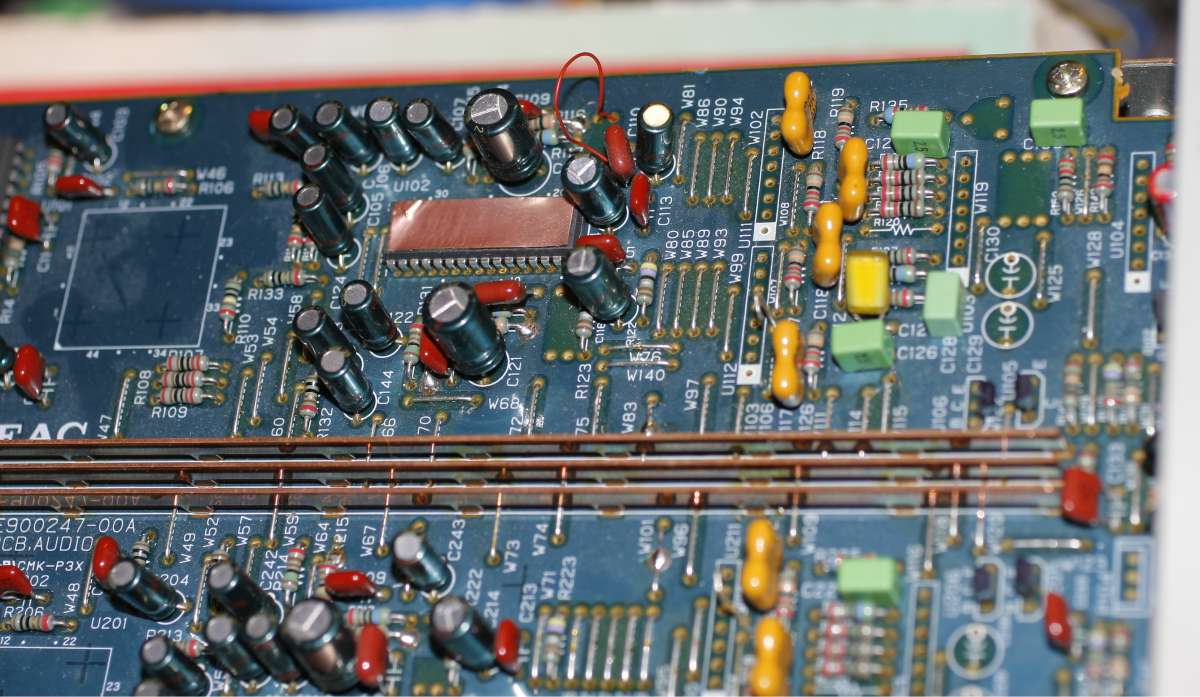
I was both depressed and excited when I found out that this TEAC uses
Philips TDA1547 DAC chips.
Depressed, because I hate them, and excited - because I want the
challenge of mastering the lampization process.
The story of my
fighting with the 47s is here
The TDA1547 datasheet is HERE
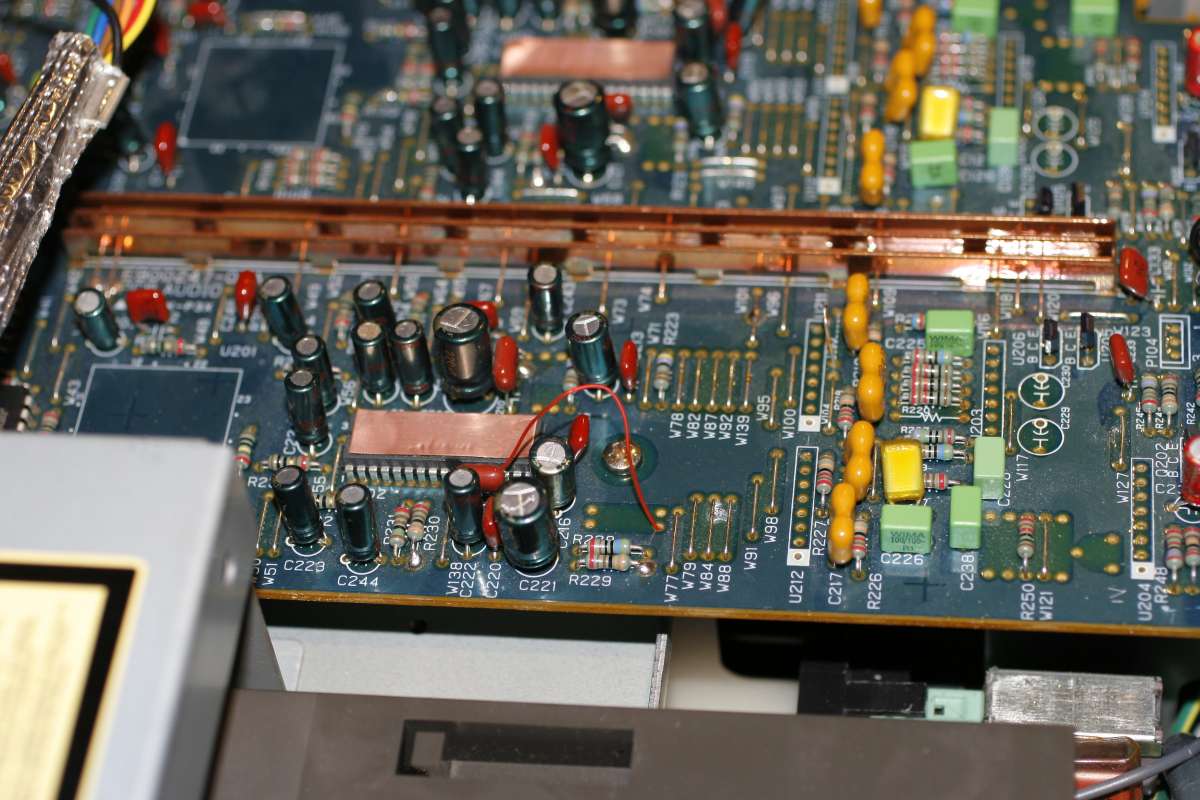
As you can see above, they glued some idiotic copper covers to the DAC
chips. I guesss this is what the Special Edition stands for: stupid
copper stuff. I mean what is it supposed to be ? A screen ?
Please ! Screens MUST be grounded. A radiator ? What for ?
It is a decor, I can close my eyes and imagine their literature: "special care has been taken to screen the
fragile audio signals in the chips so we carefully selected the best
australian copper and we used it in our revolutionary EMST. Electro
Magnetic Shielding Technology, to make the music preserved in its
impeccable beauty". That sort of bullshit I can imagine.
Below you will see that they also put the copper foil stuff on top of
the capacitors. This is too much. What are they smoking over there.
What could this POSSIBLY be for ? A free floating ungrounded piece of
copper is really invisible for the electrostatic or magnetic fields. So
I suspect, bordering on certainty - that this is bullshit for naive
tourists.
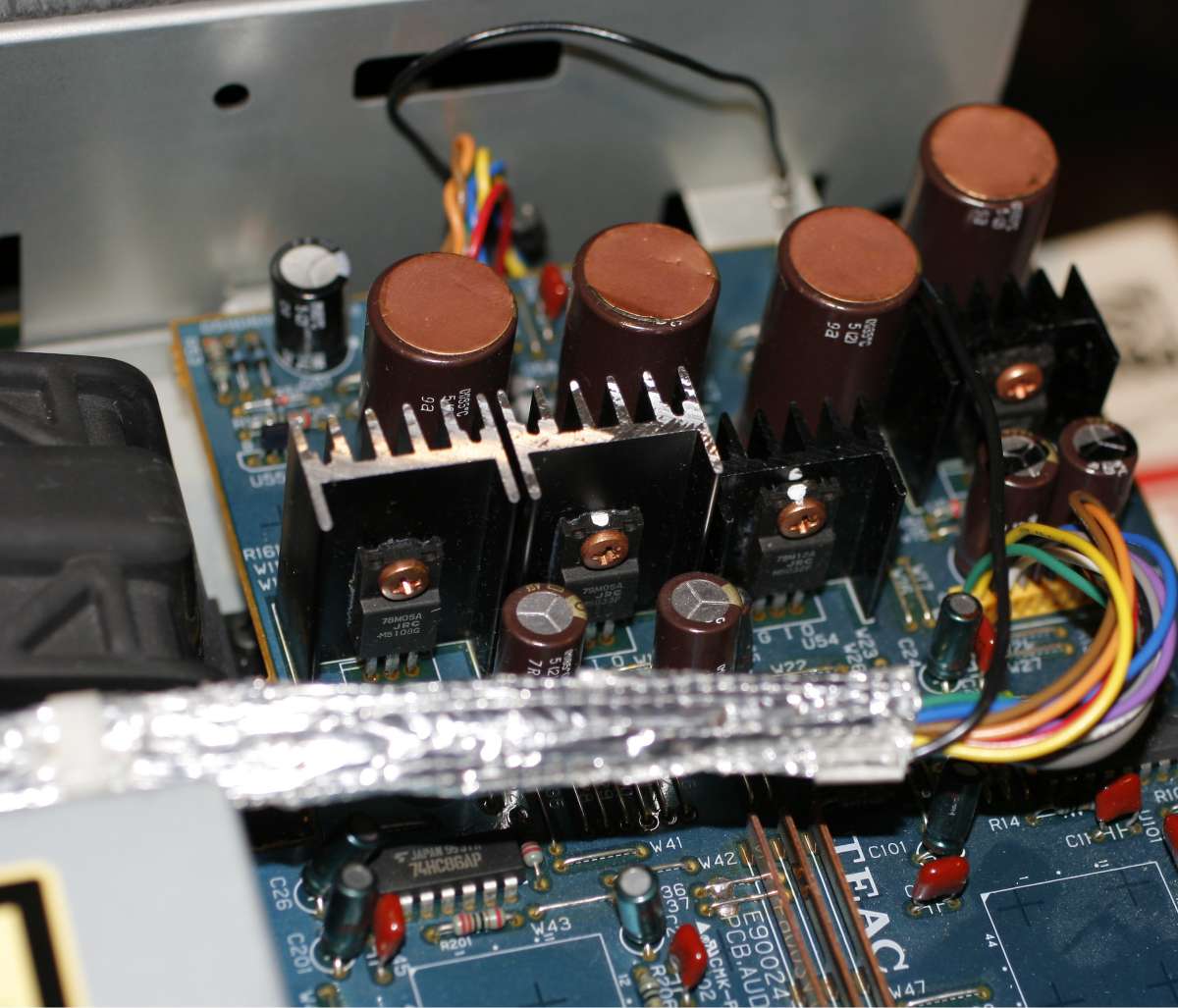
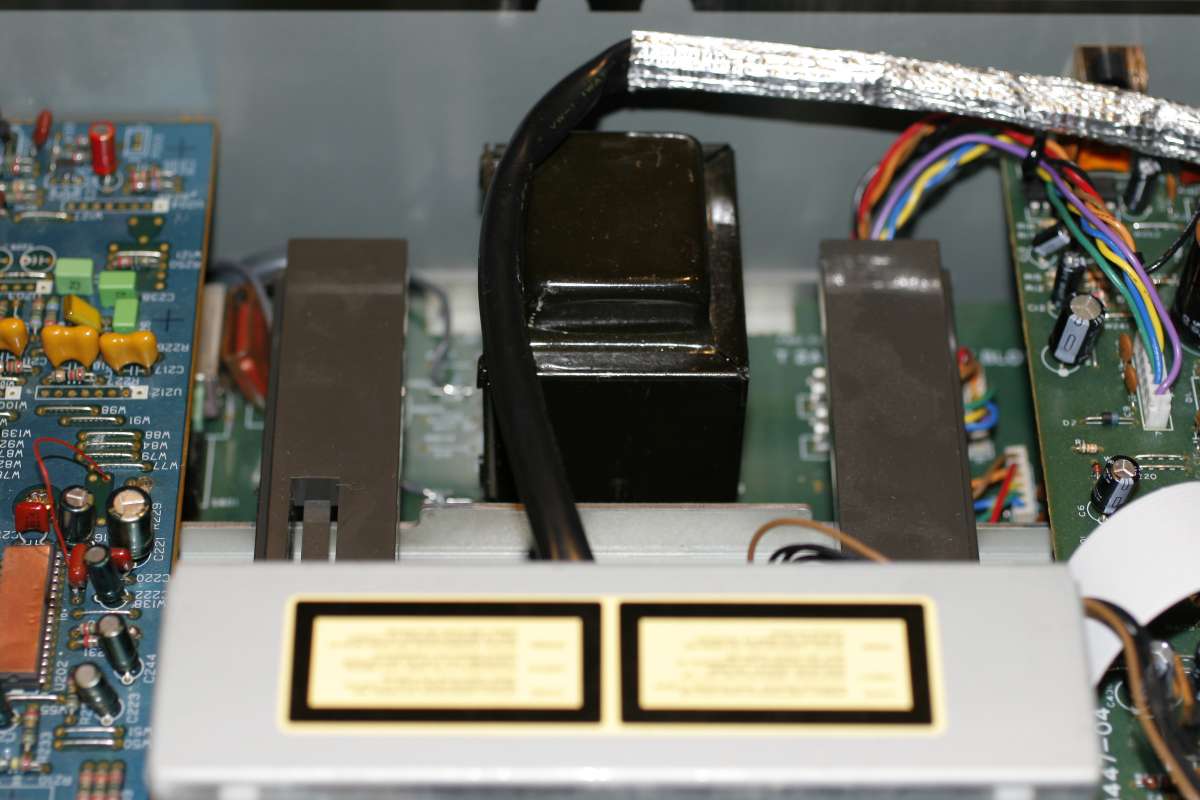
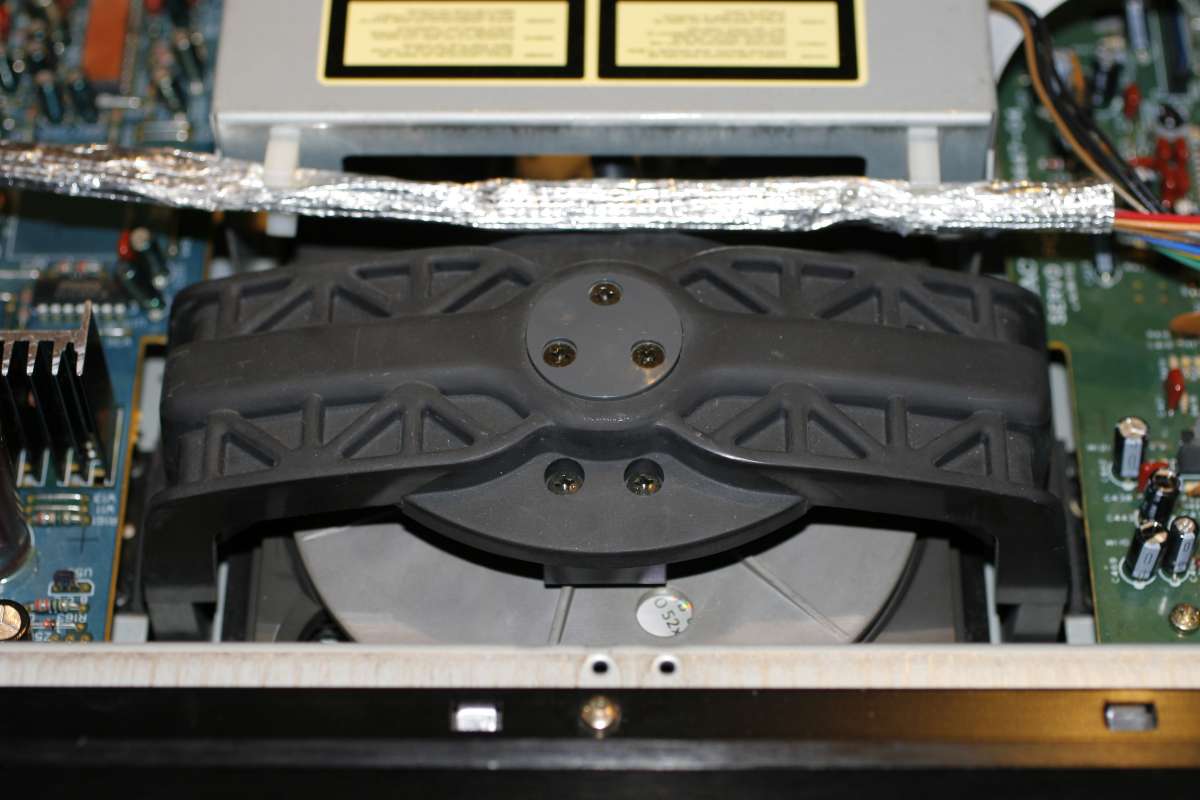
Above is the middle of the range VRDS - so much better than that cheap
one as in the T1 transport and
D7 player.
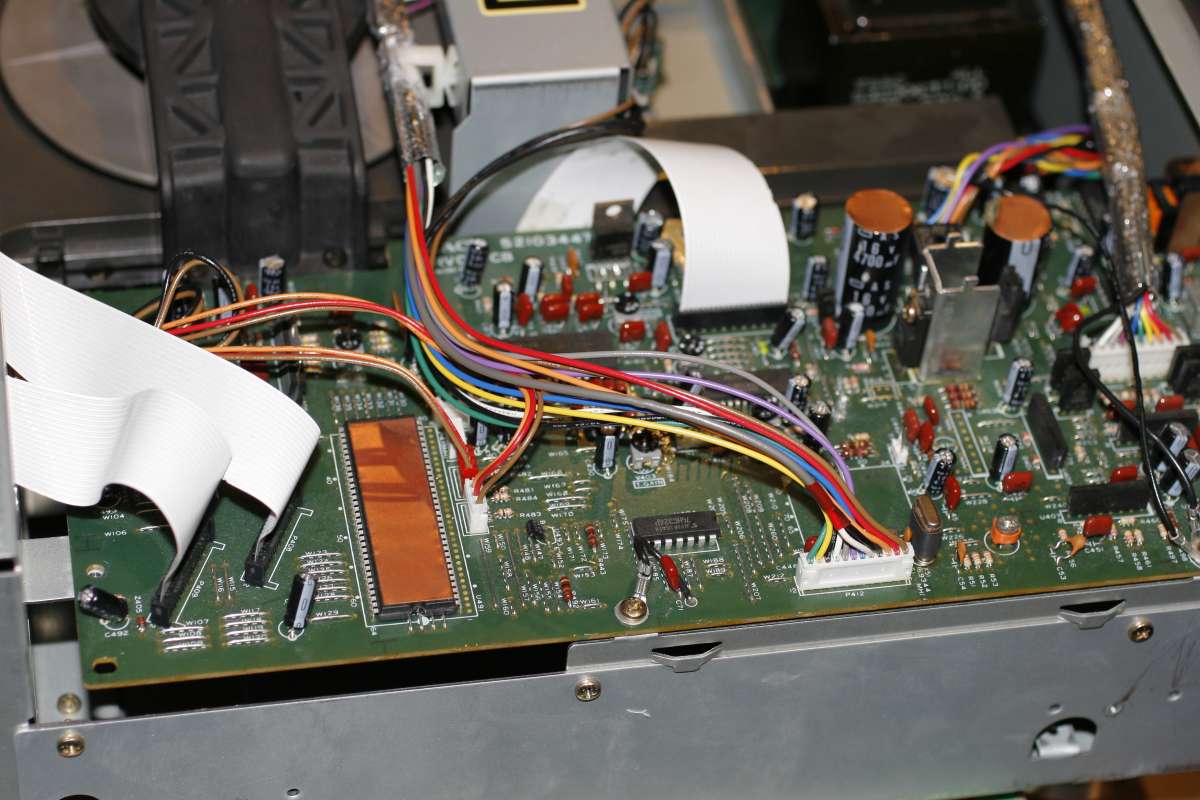
There is a huge dedicated PCB for servo and digital part. Since VRDS is
in reality a Sony KSS151A system of laser, the electronics is mainly
Sony chipset.
This player reacts very well to addition of the superclock. Here I did
not do it.
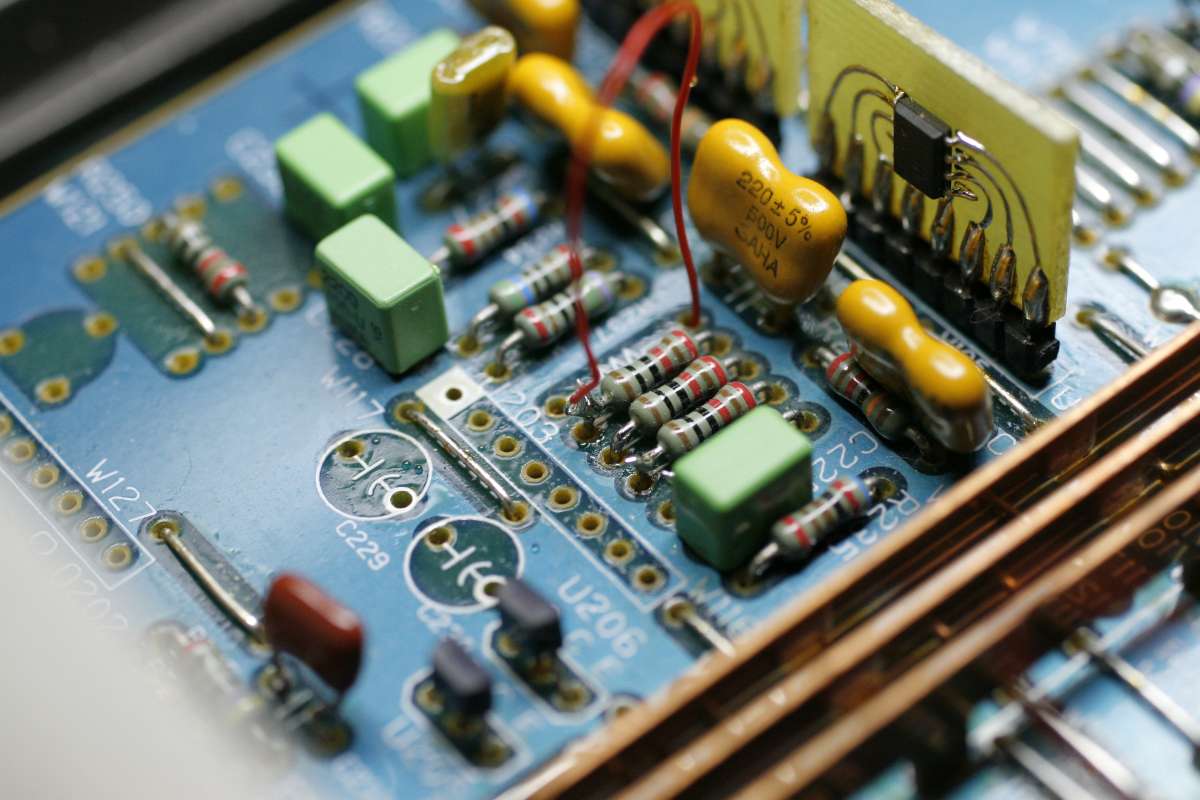
Above - some test wires - during 25 attempts to get music out of this
dac.
The strange standing upright PCBs are adaptors enabling to use premium
SMD opamps in the traditional 8-leg in a row socket for standard
(Japanese style) opamps.
These adaptor opamps are supposed to be really premium and listening
proves that they are.
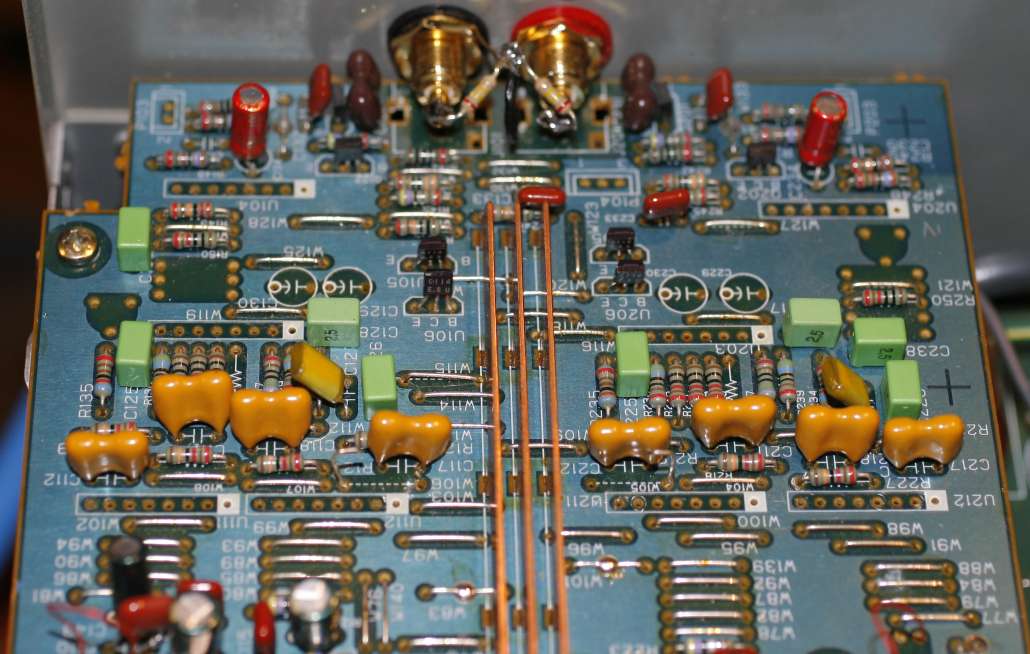
Above - all opamps removed.
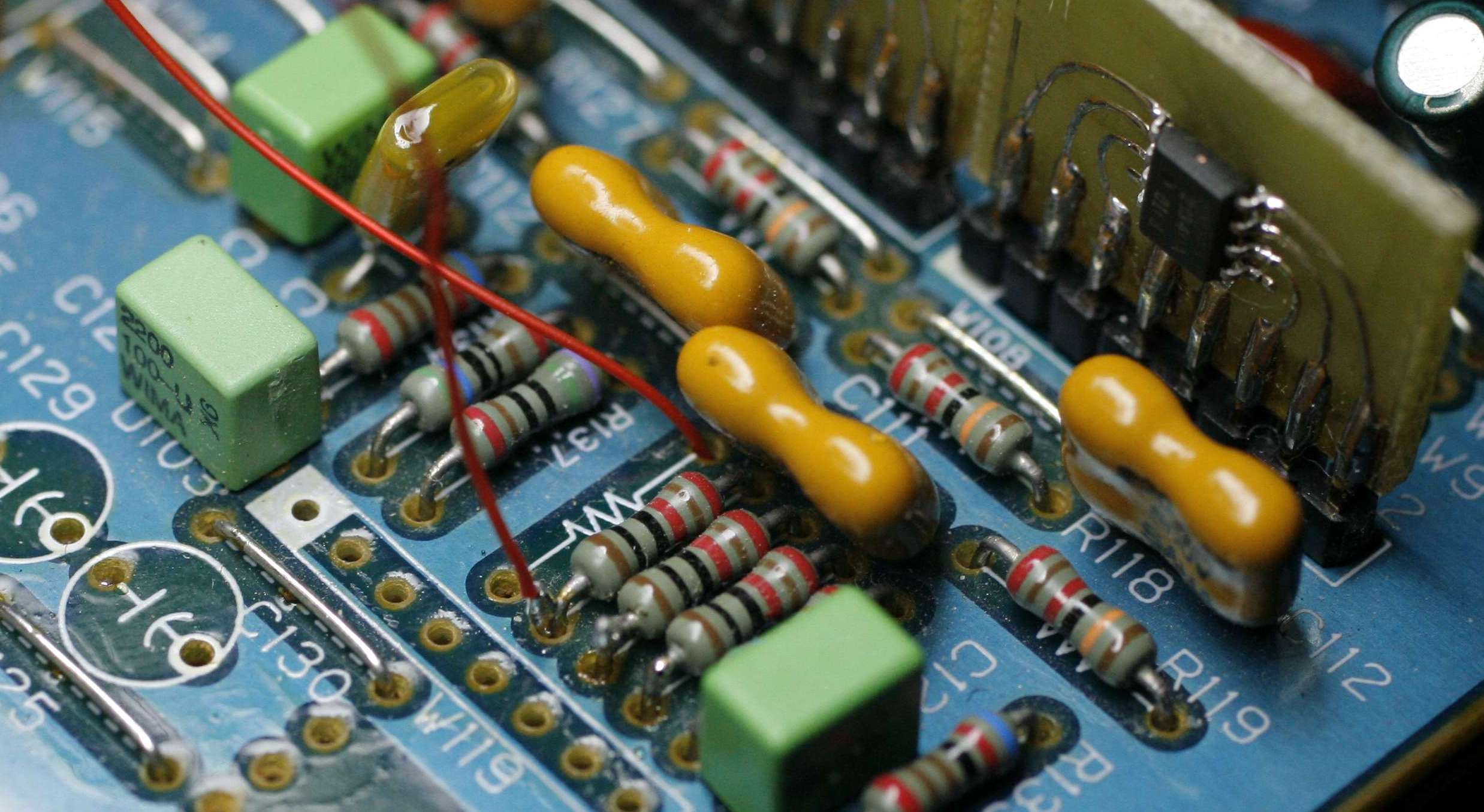
End of the story
Despite wasting
a whole
weekend - nothing seems to work. I get noises, distortions, even
echoes. U out, I out, with power to opamps, without - no music.
At best I get 20 % distortions and digital artefacts.
I decided to curse this DAC. I decided to give up
and never return to the subject. Count me out. But there is a
compromise way out of this mess.
This DAC simply can not function on its own, in isolation. It needs the
first opamp for summation of the balanced signal. This must provide the
possibility for the common mode digital artefacts to cancel out each
other.
So instead of going through 4 opamp stages like oryginal circuit - I
toook the signal from after the first opamp and added lampizator on
6H6P tubes. This time - bingo - all works perfect.
The sound is very good by any standard. I like it and I can happily
close the chapter of TDA1547 without a major defeat. Let's call it
deuce.
BACK